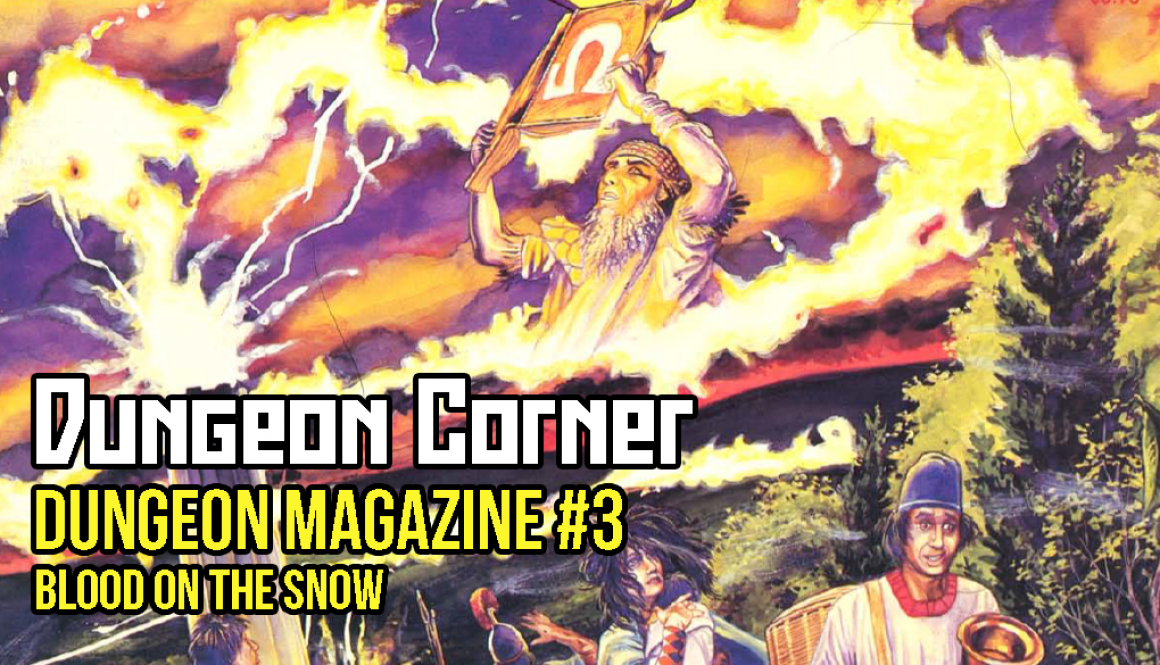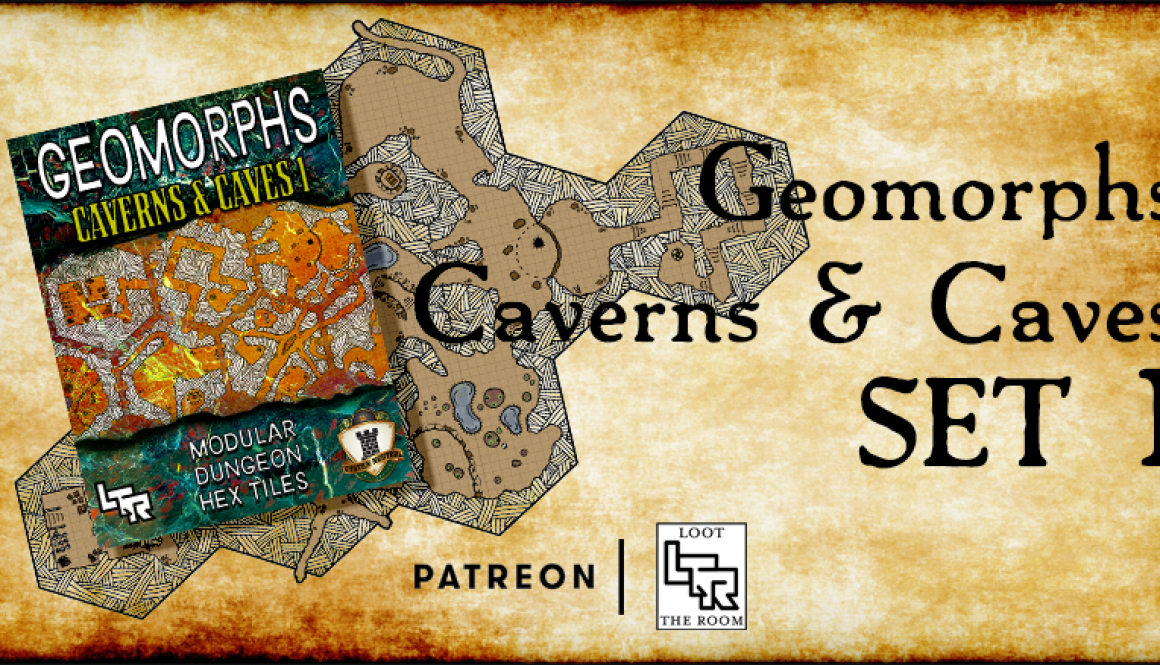
Uncategorized
- Wretched & Alone
- Uncategorized
- Treasures & Trinkets
- Tools & Resources
- The Long Read
- Solo Games
- Reviews
- Publishing An Adventure
- Play Reports
- Newsletter
- Naming The Faceless
- Music
- Monsters
- Maps
- Listicles
- Generators
- Dungeon Corner
- Critical Writing
- Blog
- Best of DMs Guild
- Announcements
- Adventure Tourism
- A Dungeon Game

